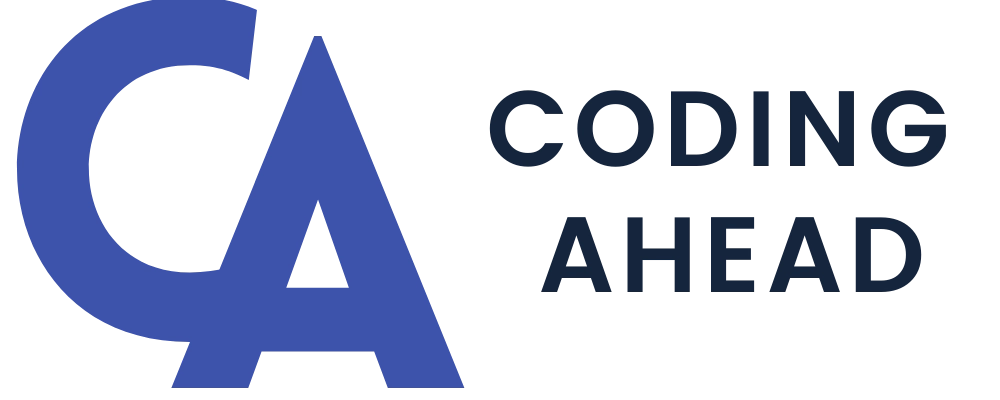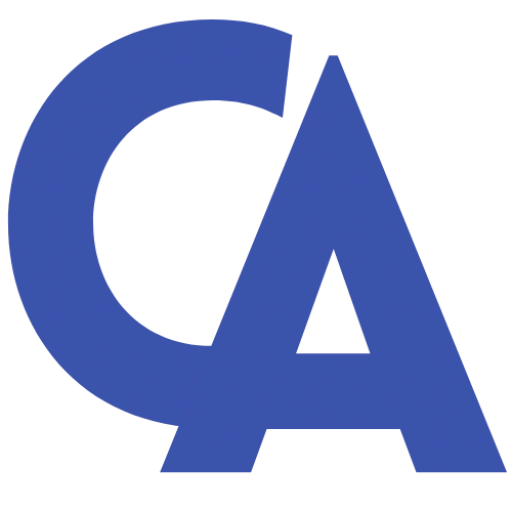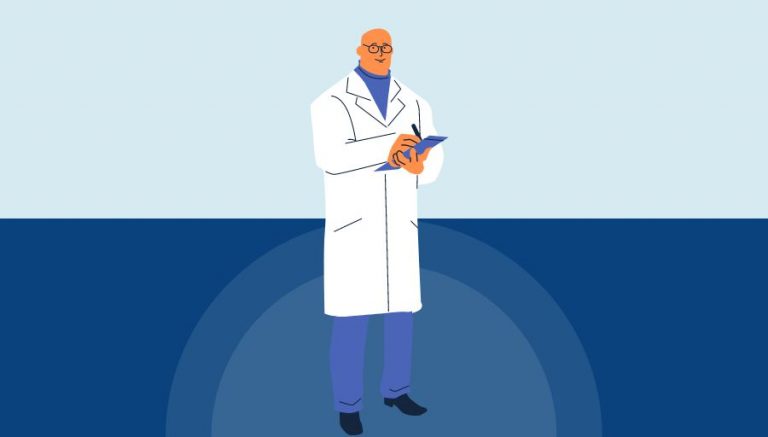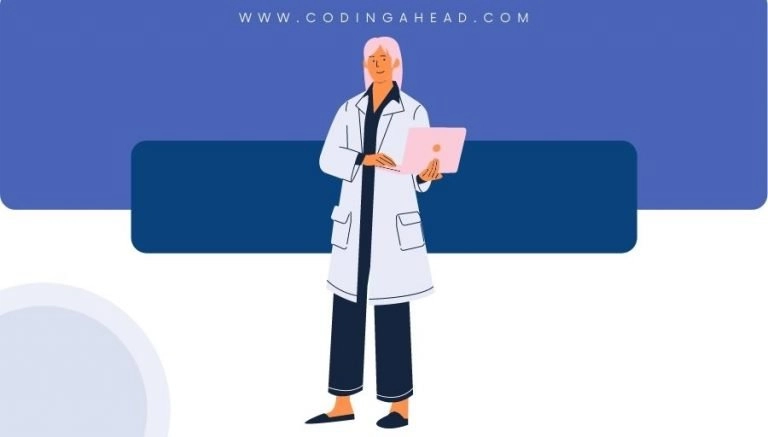97012 CPT Code (Mechanical Traction) | Description, Reimbursement & Guidelines
CPT 97012 can be reported for mechanical traction. Traction is generally used for joints, especially of the lumbar or cervical spine, with the expectation of relieving pain in or originating from those areas or increasing the joint’s range of motion.
97012 CPT Code | Description
Application of a modality to one or more areas; traction, mechanical.
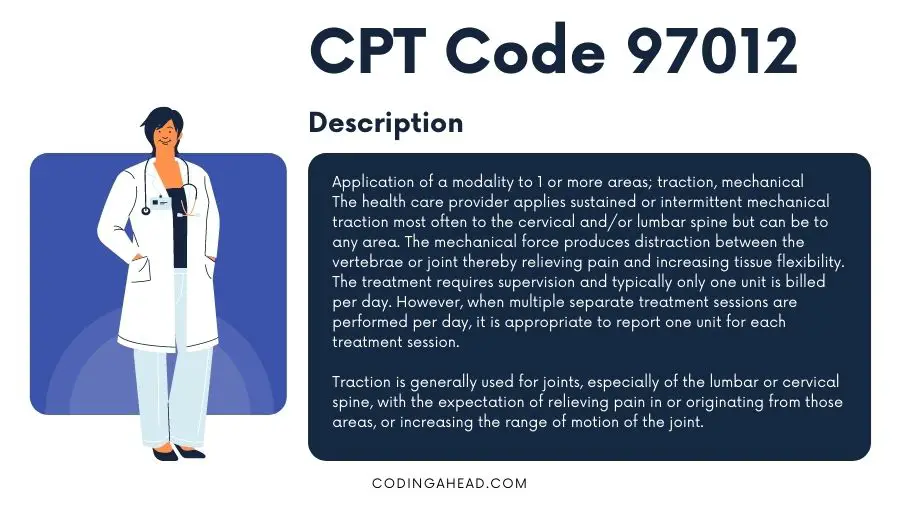
97012 CPT Code Reimbursement Guidelines
A provider often applies intermittent or sustained mechanical traction to the cervical and/or lumbar spine (or other areas).
The mechanical force produces distraction between the vertebrae or joints, thereby relieving pain an increasing tissue flexibility.
- One unit is billed per day
- Report multiple units only if multiple separate treatments are performed on one day.
- Supervision is required
Specific Indications for CPT Code 97012
Specific indications for the use of 97012 CPT Code include but are not limited to, neck and back disorders such as disc herniation, lumbago, cervicalgia, sciatica, and cervical and lumbar radiculopathy.
This modality is generally used with therapeutic procedures and not as an isolated treatment.
